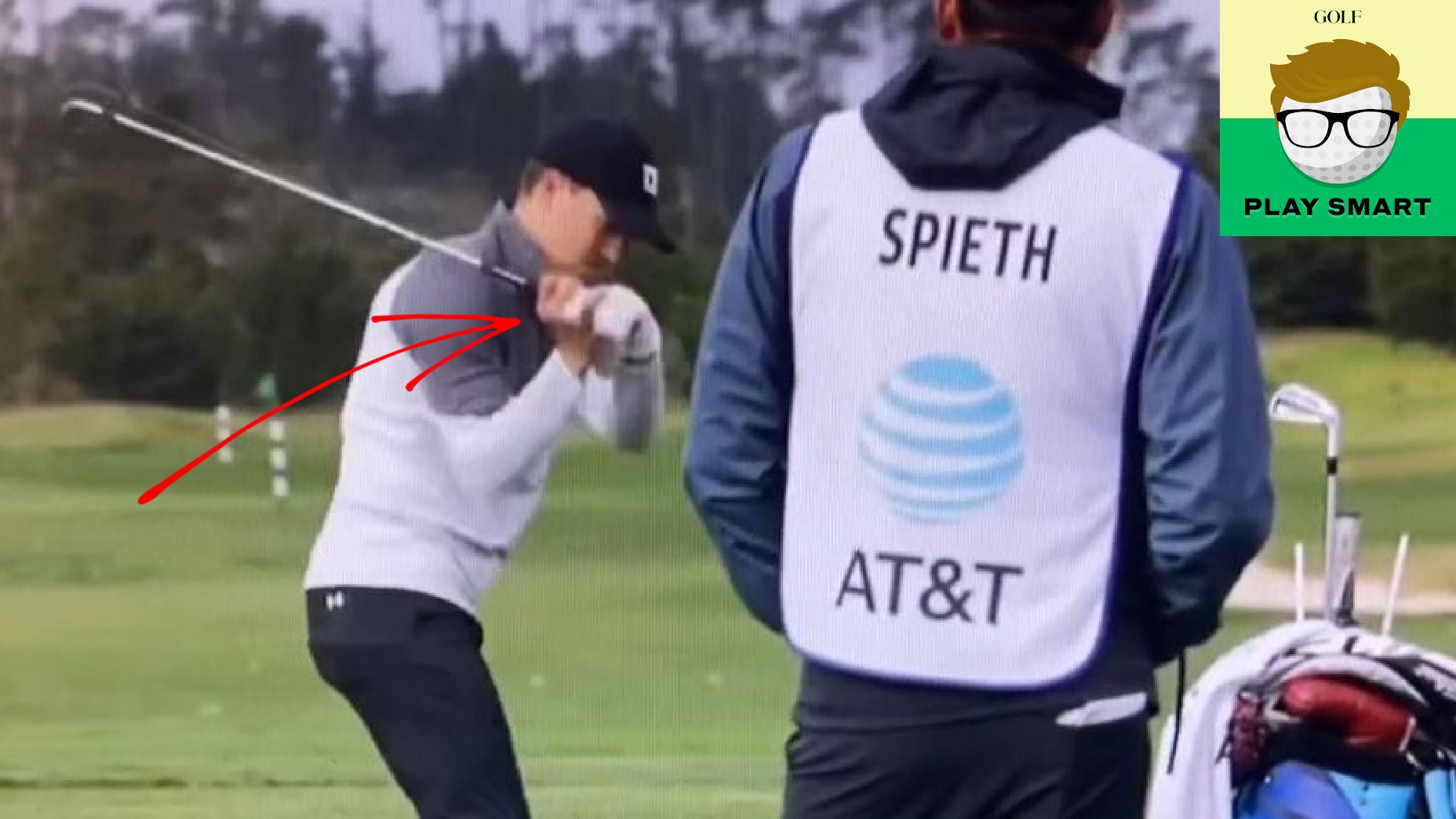Welcome to Play Smart, a game-improvement column that drops every Monday, Wednesday, and Friday from Director of Game Improvement content Luke Kerr-Dineen to help you play smarter, better golf.
Jordan Spieth is back, officially and unequivocally. After a series of good showings to start 2021, he captured a long-awaited victory at the Valero Texas Open on Sunday. And because that event precedes the Masters, as a golf writer I’m required by law to assume that a second green jacket is on its way to Spieth’s closet, too.
What’s behind Spieth’s transformation? You’d be foolish to dismiss the mental shift that Spieth has undergone in recent months, which is obviously playing a role. He’s spoken about it himself: He’s more confident in his ability, trusting in his swing, and hungry to bring it all to fruition.
All that stuff plays nicely into the way fans and journalists like to talk about the pro game, except the truth is that most times, confidence shifts are more of an effect, and less of a cause. You can’t choose to be confident overnight; it’s the result of something. In Spieth’s case, it was a technical shift that has proved a revelation.
I went pretty deep on Spieth’s golf swing back in February (you can check that out right here), but in essence, Spieth himself explains that he was suffering from the same swing issue that pop up in so many amateur golf swings: Spieth would get too steep or over-the-top in the early downswing, and then correct by backing-off moments and flipping his hands in the final milliseconds before impact. It was an inconsistent move that was difficult to time, which prompted the change.
“It’s reversing how I was steepening the club [in transition] to shallowing the club, transitionally,” Spieth said.
The way Spieth has been integrating this change has been a pretty simple swing feeling. You can spot him doing it all over the place. Try it yourself — it’ll probably help you, too.
Spieth’s feeling: swing more around, less up-and-down
Spieth has explained what he’s trying to do in multiple press conferences, but the actual feeling of it manifests itself most in his practice swing, as you can see below. Here’s how to copy the same move for yourself:
- Take your backswing
- Pause when your lead arm (left arm for right-handed golfer) is parallel to the ground.
- Throw your arms around your body, so it resembles a baseball swing.
That’s what it looks like to feel less steep; the club “shallows” at the top of the backswing and slings more around his body. If you struggle with slices (where the ball starts to the left of your target and curves to the right of it), pull-hooks (where the ball starts to the left of your target and goes farther left), there’s a good chance a practice swing like this will help you. It’ll shallow your angle of attack and help your golf swing move more in-to-out, rather than from out-to-in.
It’s a simple move that proved a masterstroke for Spieth, and maybe it’ll lead to a breakthrough in your own game.
